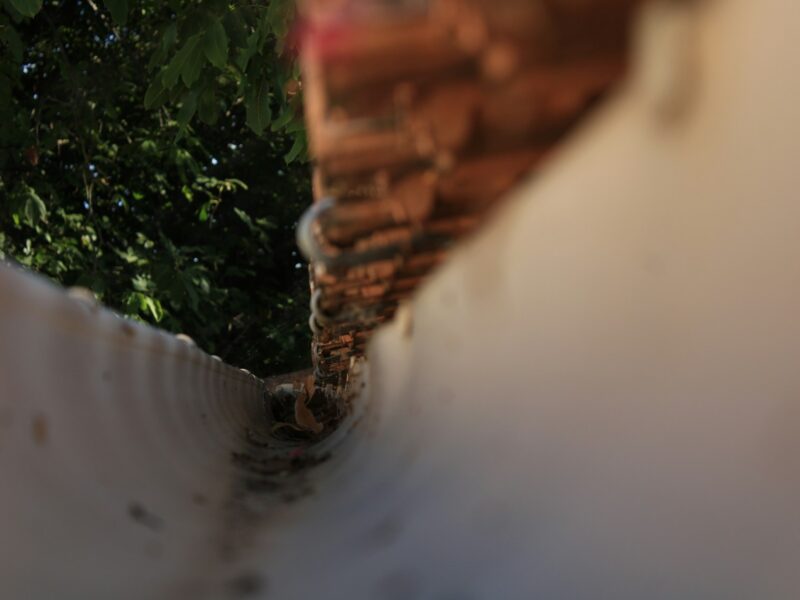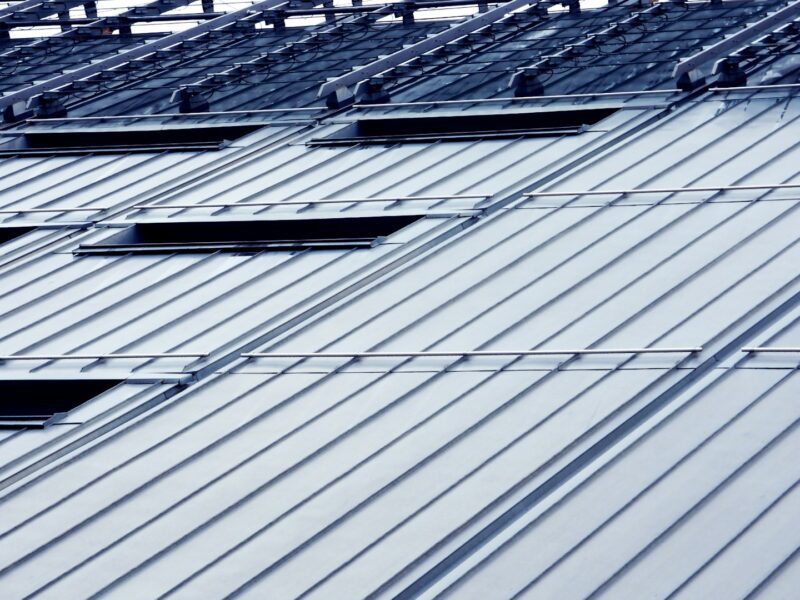Although there are many ways to improve your yard, deciding what to do may not be easy. One of the most popular ways to do this is to install a retaining wall for multiple purposes.
But before you hop on the job, you must know what’s required. Installing a retaining wall may seem simple, but there are a few things that you should know.
For everything you need to know about this project, read this guide.
Contents
1. Understand the Purpose of the Retaining Wall
Before installing a retaining wall, it is essential to understand the purpose of the retaining wall. Is it primarily for aesthetic purposes or functional? Knowing the answer to this question will ensure the wall is built with suitable materials for its intended use.
2. Know Your Budget
Before you even begin installing a retaining wall, it’s vital to determine your budget. Decide how much you are willing to spend.
Be sure to factor in the cost of materials, supplies, and labor, as well as any permits that may be required—other costs to consider include renting any tools and excavation equipment.
Also, keep in mind that the size and complexity of the retaining wall project will play a significant role in the project’s overall cost. Make sure to meticulously prepare your budget, and remember it is always best to have a little extra in the budget in case of unexpected expenses.
3. Familiarize Yourself With Paving Materials
Familiarize yourself with the different paving materials available. These materials include concrete, stones, bricks, blocks, and gabion baskets. These materials will vary in size and weight depending on the soil type.
Consider the climate in your area. Some materials may not be suitable for long-term use in harsher environments.
To ensure the wall is durable, you should pick a suitable material that will be resilient against the elements. You can also look into aesthetically pleasing materials to make the wall look attractive in your garden.
4. Permission From the Local Authorities
Before you start your project, it is essential to make sure you have permission from the local authorities. This is especially true if the wall is built on public land or in a susceptible environmental area.
For example, a retaining wall for steep slope can disrupt the existing local ecosystems. Depending on the size and complexity of the retaining wall, you may also need to apply for planning permission.
5. Get Professional Advice and Support
A qualified professional with experience. They will help determine the best materials, size, and installation method to meet the needs of your property’s location.
Professional advice can also help identify potential problems arising from the process.
You Need to Prepare Before You Install a Retaining Wall
Installing a retaining wall may significantly improve the aesthetics of your property. But some steps need to be taken before beginning the project.
Do research, consult professionals, and obtain the proper permits. Planning it out in advance will help you avoid common mistakes and ensure you install a retaining wall that will last for years.
Did you find this article helpful? If so, check out the rest of our site for more.



